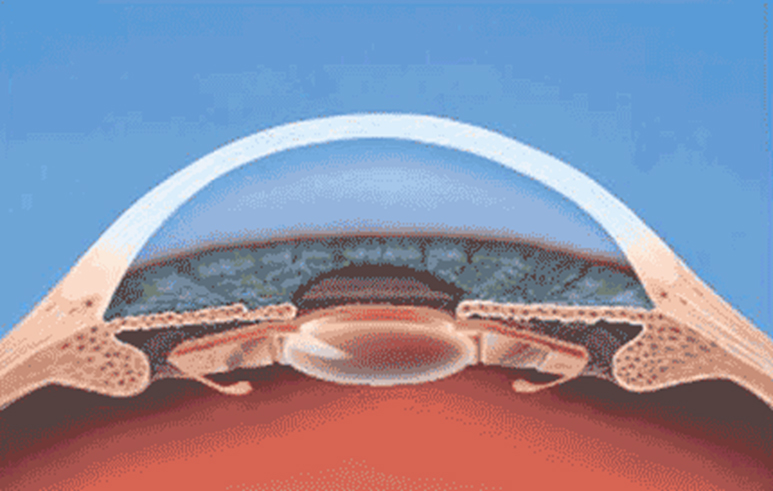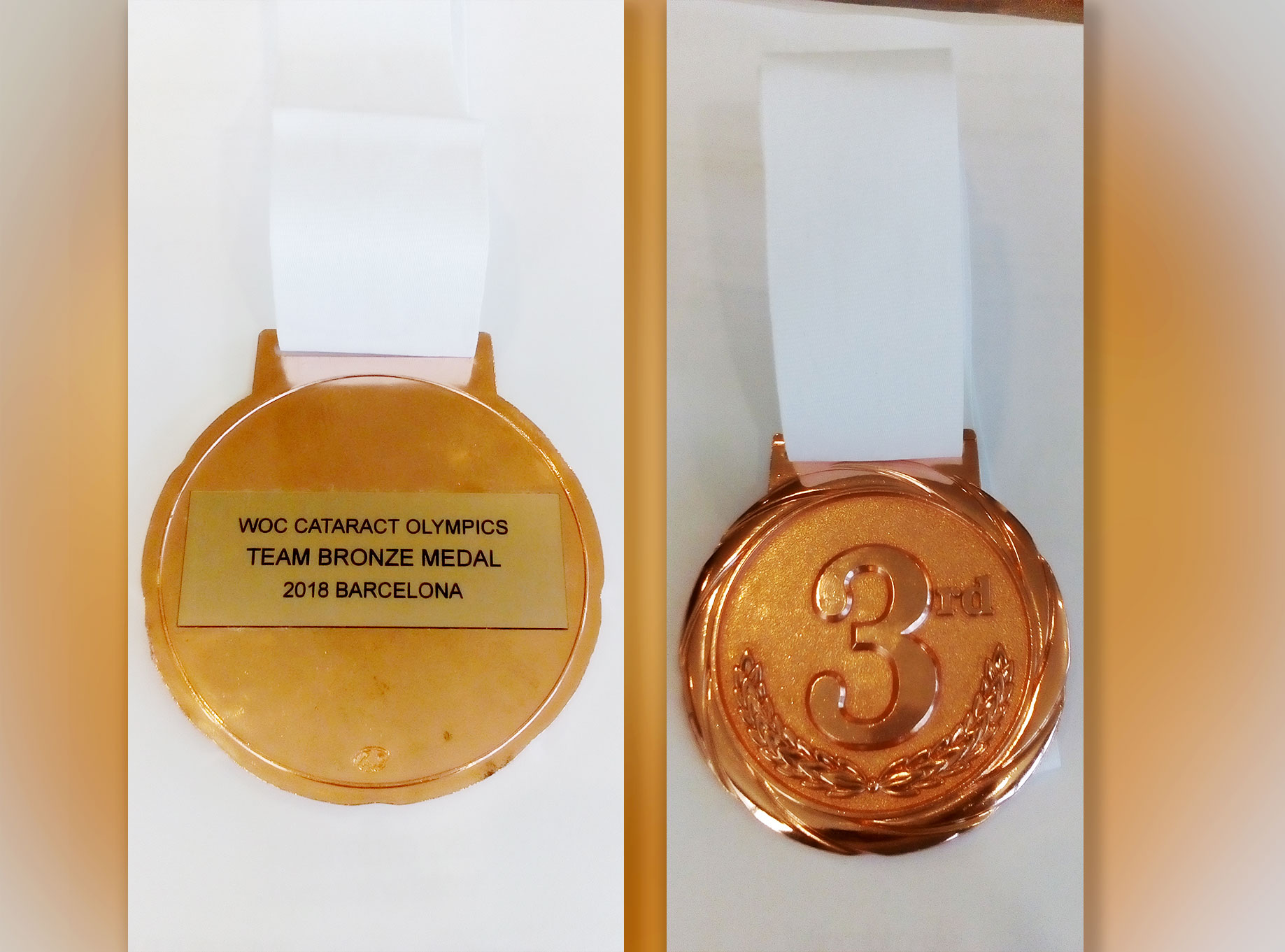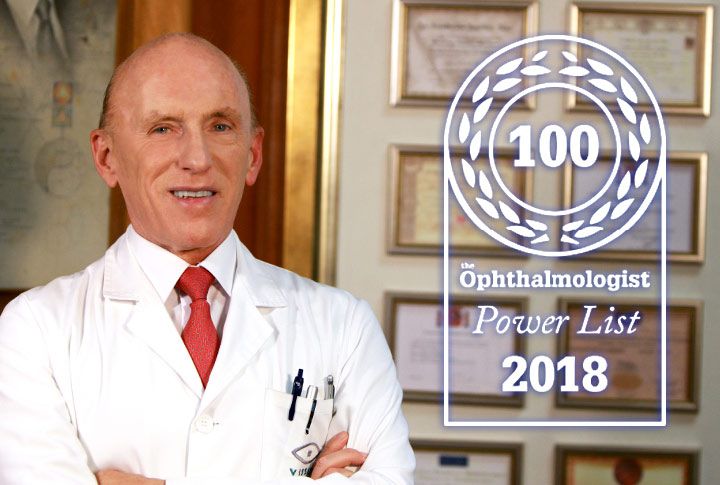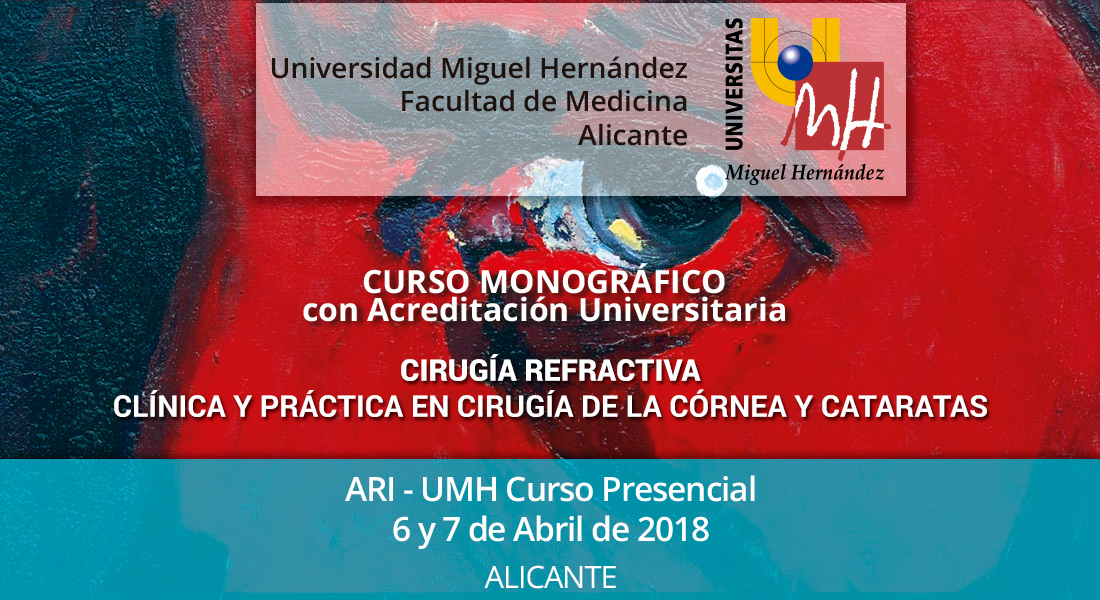Cataract surgery is one of the most performed surgical procedure performed in humans worldwide. In the surgery, the opacified crystalline lens is replaced by an Intraocular Lens (IOL) with the aim of improving vision. Precisely, several innovations in cataract surgery have been developed to improve the safety and precision of the outcomes of the procedure. For example, with the use of Microincision Cataract Surgery (MICS) it is possible to perform the procedure not only without sutures but also without inducing astigmatism and with an improved use of the phacoemulsification power. Precisely, in Module 2 about lens surgery of the Online Course entitled Clinical Methodology in Refractive Cataract and Corneal Surgery, Minimal Invasive Cataract Surgery is widely explained. Furthermore, in cataract surgery different improvements in the viscoelastic, as in the material and design of the Intraocular Lenses have been realized. Among the different improvements performed in the design and material of intraocular lenses stands out the ability to reduce Capsular Posterior Opacification (PCO). However, although these innovations reduce the complications of the procedure over time, IOLs have experimented another development to improve the vision at all distances, as in its technology and its power calculation.
Which improvements have been achieved in IOLs power calculation formulas?
To improve vision at all distances from far to near vision different Intraocular Lenses have been designed. Precisely, the technology and optical quality of IOLs is very important to achieve good postoperative outcomes after cataract surgery. For example, different intraocular lenses as multifocal, aspheric, toric, refractive, accommodative, hybrid refractive-diffractive, trifocal, diffractive, extended depth of focus or asymmetrical rotation IOLs have been designed. Although the technology of IOLs allows improving the vision at different distances, IOLs power calculation formulas have developed important innovations to improve vision. It is known that IOLs power calculation formulas have improved from the first-generation theoretical formulas up to the fourth generation, achieving better visual outcomes. In addition to theoretical and empirical formulas of the IOLs, important innovations in the optimization of the outcomes in eyes with silicone oil, and even after refractive surgery have been developed. Concretely, Professor Jorge L. Alió, have published several scientific articles in Pubmed Central about the IOLs power calculation formulas after refractive surgery. Likewise, in Module 2 about Lens Surgery of the Online Course entitled Clinical Methodology in Refractive Cataract and Corneal Surgery, IOLs calculation formulas after refractive surgery, or based on ray tracing are widely explained with the aim to improve refractive outcomes after cataract surgery. Because IOLs calculation formulas are currently incorporated into biometrics, our international tutors will contribute with their experience in the use of the different IOLs power calculation in clinical practice to select the appropriate biometric formula.
Some scientific references of the course about this topic
Alió JL, Peña-García P, Abdulla Guliyeva F, Soria FA, Zein G, Abu-Mustafa SK. MICS with toric intraocular lenses in keratoconus: outcomes and predictability analysis of postoperative refraction. Br J Ophthalmol. 2014 Mar;98(3):365-70.
Alio JL, Abdelghany AA, Abdou AA, Maldonado MJ. Cataract surgery on the previous corneal refractive surgery patient. Surv Ophthalmol. 2016 Nov- Dec; 61(6):769-777.
Hamdi IM, Artola A, Alió JL. New frontiers for the perioperative data method for IOL calculation following corneal refractive surgeries. Eur J Ophthalmol. 2006 Nov-Dec;16(6):809-15.





